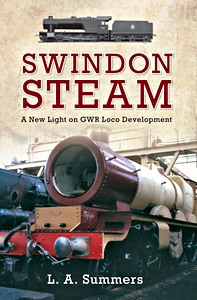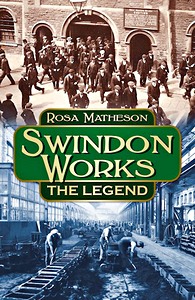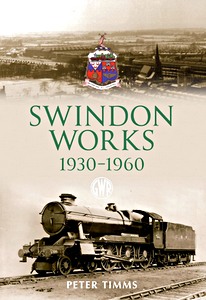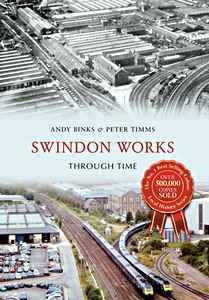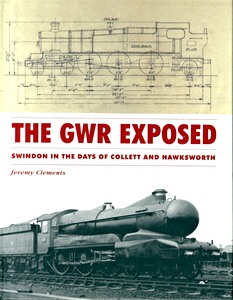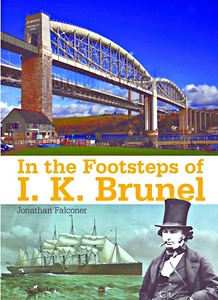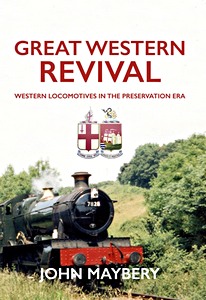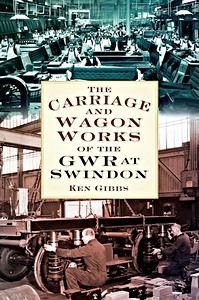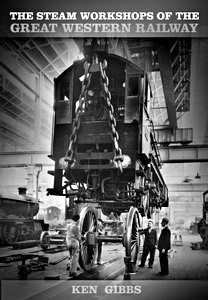GWR - Portrait of an Industry
Incorporated by Act of Parliament in 1835 and completed just six years later, the Great Western Railway became one of the great icons of the Age of Steam, and perhaps the world's most famous railway company.
Spanning Southern England from the Thames to the Bristol Channel, the history of Brunel's greatest achievement, and the surprising offshoots of the company as an industry, are represented here for the first time in full colour from the Amberley Archive.
Product details
| Details: | 128 pages, 6.7 x 9.7 x 0.43 in (17 x 24.5 x 1.1 cm), paperback |
|---|---|
| Illustrations: | 118 b&w and color photos |
| Publisher: | Amberley Publishing (GB, 2014) |
| ISBN: | 9781445642581 |
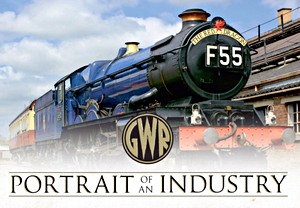
GWR - Portrait of an Industry
Language: English
Available on Amazon - safe payment and fast delivery
Buy on Amazon.comBuy on Amazon UK
Buy on Amazon CA

